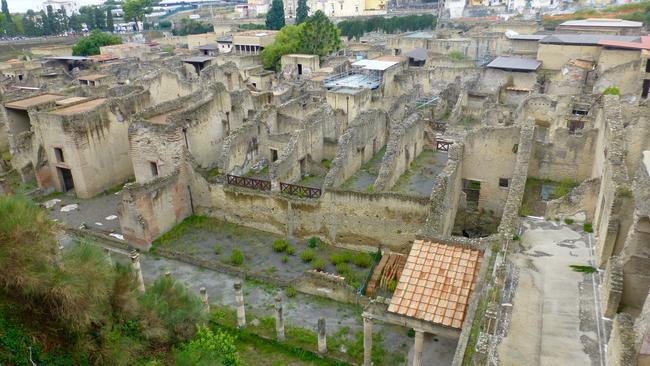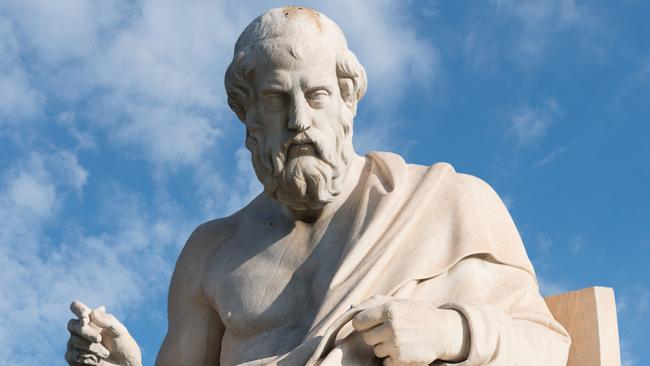Vesuvius scrolls reveal location of Plato’s garden grave
Infrared and x-ray scanners were used to read inscriptions on papyrus burnt during the eruption of Vesuvius.

One of the fathers of Western philosophy was buried in the garden of his Athens academy, near to a sacred shrine to the muses, research has revealed.
The recorded burial spot of Plato became intelligible after experts used infrared and X-ray scanners to examine a 2000-year-old carbonised scroll about the life of the Greek philosopher.
The advanced scanning techniques were used to better understand one of hundreds of hard to read papyrus scrolls carbonised at the Roman city of Herculaneum after the eruption of nearby Mount Vesuvius in AD79.
“Carbon-based ink was used to write on the scrolls, which were basically themselves turned to carbon by the eruption, making them very difficult to read,” said Costanza Miliani, head of the Institute of Heritage Science, part of Italy’s National Research Council.
Miliani’s team was able to improve the legibility of The History of the Academy by 30 per cent. It was written by the philosopher Philodemus and describes the Athens school set up in the 4th century BC by Plato, one of the founders of Western philosophical thought.

“We knew Plato was buried at the academy, which was very large, but thanks to the scans we now know he was buried in a garden in a private area, near the sacred shrine to the Muses,” said Graziano Ranocchia, an expert from Pisa University who worked on the project.
Most of the document has been previously read, but the scans allowed 1000 previously illegible words to become legible. These words also showed that the story of Plato’s capture and enslaving in 387BC by Dionysius, the ruler of Syracuse, needed correcting.

“The text reveals he was enslaved years earlier, in 404 or 399BC, most likely by the Spartans,” Ranocchia said.
Taught by Socrates, Plato later became a teacher to Aristotle and is credited with developing metaphysics, ethics and aesthetics.
The scroll about the academy was one of many discovered in a villa at Herculaneum. Many of them have been damaged in attempts to unroll them in the 18th century and today 1840 fragments are kept at the Victor Emmanuel III National Library in Naples.

Another 400 to 500 scrolls, which were not unrolled and have never been studied, may yet be read following a breakthrough last year involving high-powered CT scans and artificial intelligence. Some experts also believe there are more scrolls yet to be discovered at Herculaneum, offering the prospect of the discovery of lost plays by Sophocles and tracts by Aristotle.
The scanners used by Miliani on the unrolled work about Plato are to be turned on other fragments to improve their legibility.
“We should be able to read more of texts written on the back of scrolls or on overlapping layers which stuck together during unrolling,” Ranocchia said. “We are now working on works about the Stoics, the Socratics, the Pythagoreans and the Epicureans and expect to make real progress.”
The Times



To join the conversation, please log in. Don't have an account? Register
Join the conversation, you are commenting as Logout